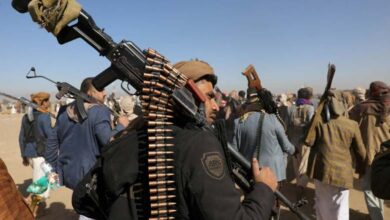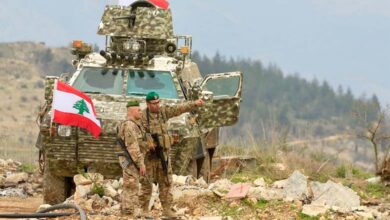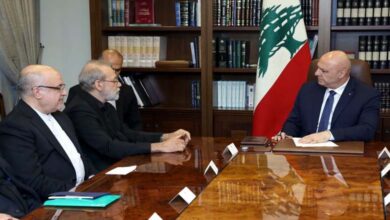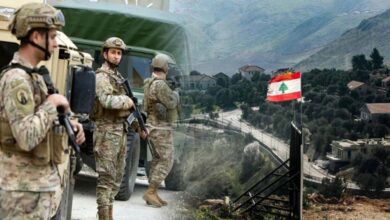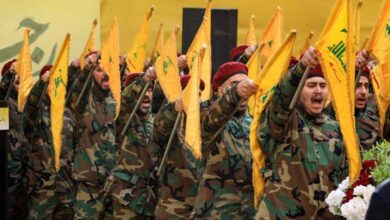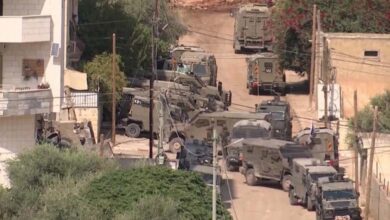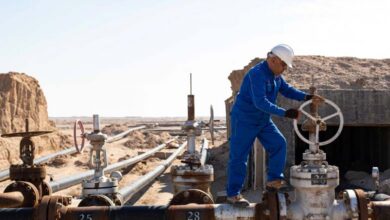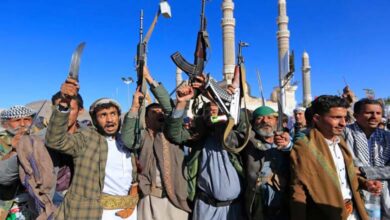The Yemeni Muslim Brotherhood Violates the Sanctity of Cemeteries… Details
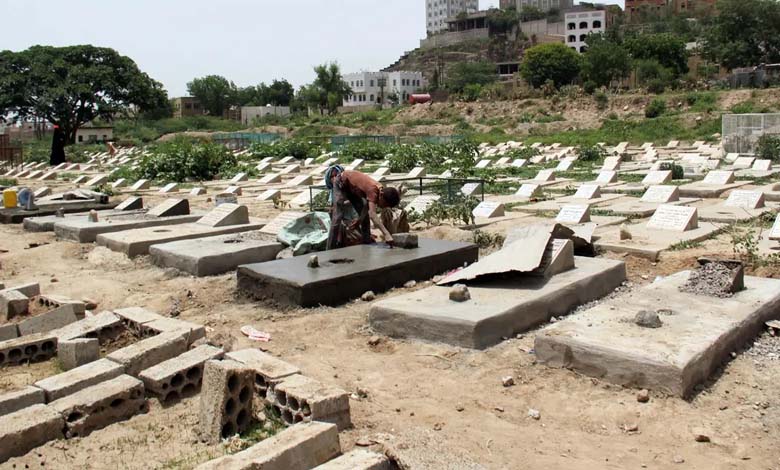
Several Yemeni media outlets have reported violations committed by individuals affiliated with the Al-Islah party, the political wing of the Muslim Brotherhood in Yemen, in cemeteries and sacred sites in the city of Taiz, which is under their control.
According to eyewitnesses, new modifications and excavation activities have been observed in the “Al-Tayyar” cemetery, located in the city of Al-Turba in Taiz Governorate.
-
Yemeni Muslim Brotherhood Militias Obstruct General People’s Congress Party Events… Details
-
Al-Qaeda Mourns Yemeni Muslim Brotherhood Leader Al-Zindani
Citizens have confirmed that urban expansion within the cemetery is taking place in plain sight of the Awqaf (religious endowment authority) in Al-Turba, which is managed by the Muslim Brotherhood. This is happening near the home of the branch director, who allegedly colludes with these activities in sacred places that should be respected and preserved as they are, serving as a safe haven for the souls of the deceased.
Residents also revealed that an entire neighborhood has been built on the outskirts of the cemetery after large sections of its land were sold to construct residential and commercial buildings, following a policy of favoritism and personal gains practiced by the local administration affiliated with the Al-Islah party.
-
Internal Purges: Attempted Assassination of a Yemeni Muslim Brotherhood Shura Council Member in Marib
-
The Yemeni Muslim Brotherhood Succeed in Infiltrating ‘National Shield’ Forces?
Al-Tayyar Mosque, located in the city of Al-Turba in the Al-Shamayateen district of Taiz Governorate, is one of the most significant historical landmarks in the area. It was built approximately 850 years ago by Sheikh Omar bin Mohammed bin Abdullah Al-Tayyar, after whom both the mosque and the adjacent cemetery—spanning about 12 hectares—were named.
This mosque features numerous facilities and halls designed with remarkable architectural craftsmanship, including a minaret, a dome, a mihrab, intricately carved doors and windows, as well as shelves and arches. The mosque’s overall structure presents a breathtaking artistic masterpiece, vividly showcasing Yemen’s deep historical roots and the ingenuity of its people, who utilized natural resources to their advantage despite having limited or even nonexistent tools and technologies at the time. Traditional materials such as “qudad” (a Yemeni plaster), lime, locally crafted wood, and stone were used to construct the arches for entrances, doors, windows, and shelves.
-
The Yemeni Muslim Brotherhood continues their games… Details
-
Yemeni Presidency Determined to Confront Corrupt Military Brigades Affiliated with the Muslim Brotherhood
The mosque was not only a place for religious rituals such as prayers and spiritual retreats; it also housed halls for teaching Islamic sciences, including the Quran, jurisprudence, hadith, and Arabic language.
Located in a densely populated area near the city’s marketplace, the mosque is frequented by many worshippers. It provides religious services continuously and remains open 24 hours a day, including some of its restroom facilities.
-
Yemeni Report Exposes Muslim Brotherhood Plot to Plunder Southern Wealth via Shabwa: Details
-
At the Expense of Yemenis and Their Nation’s Wealth… How the Muslim Brotherhood Courts the Americans


